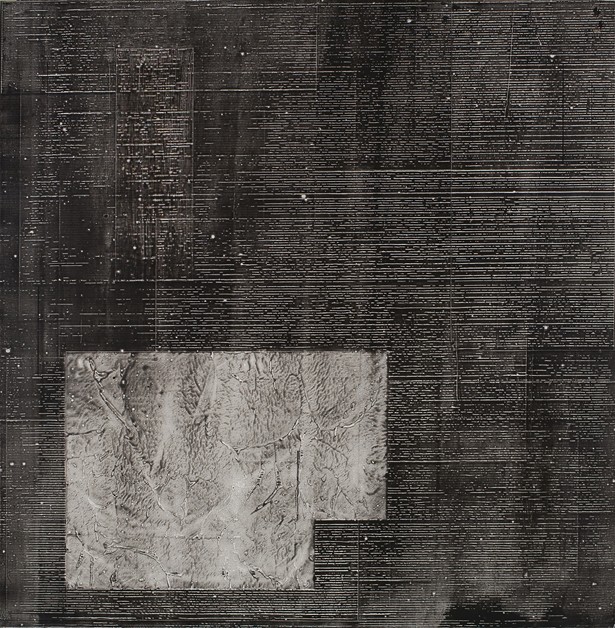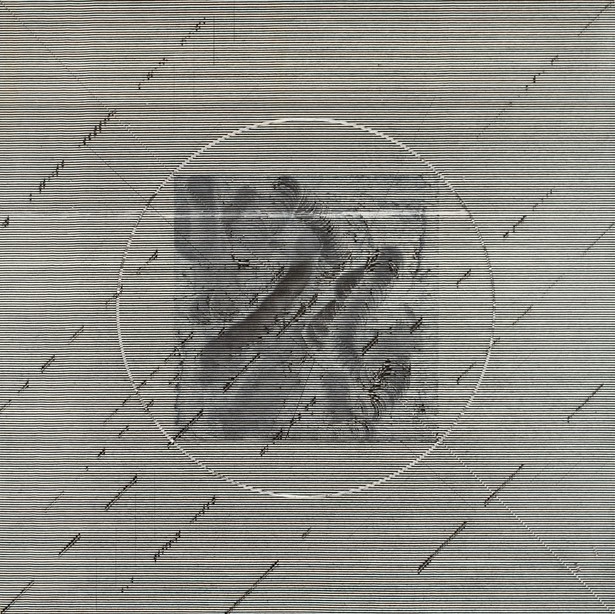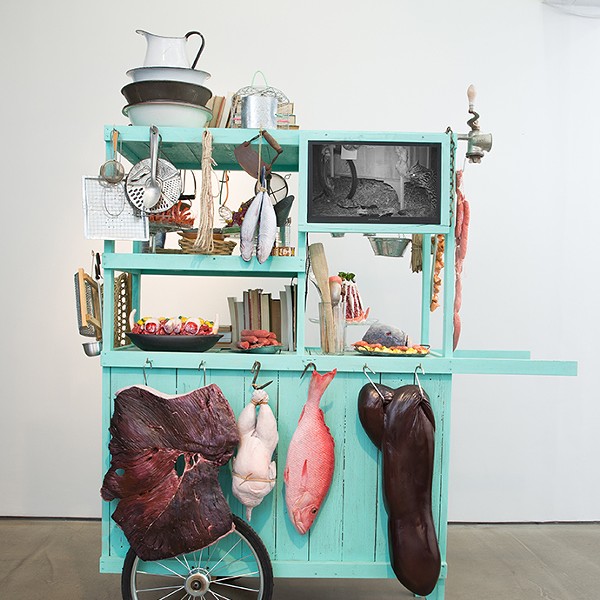Jack Whitten was a trailblazer in the world of abstract art. His work spoke to an emotional weight and solemnity that was both one of a kind in its modality and universal in its effect. Viewing his creations, two questions persist: What was he looking for and what did he find?
"Jack Whitten: The Greek Alphabet Paintings," the first-ever exhibition devoted to a crucial stage in the career of an artist known for his rigorous experimentation with the materiality of painting, will be shown through July 10 of next year. The 40 paintings in the show are pulled from a variety of public and private sources and curated by Donna De Salvo and Matilde Guidelli-Guidi.
When these works were created, Whitten was still relatively young in his career. "His commitment to rethinking painting at a time when the medium was seemingly obsolete is a testament to his resilience and inexhaustible talent," says De Salvo.
Whitten (1939-2018) produced work that was identifiable by his distinctive approach to collage. Always happy to experiment with materials and composition, much of his work had the radical approach of using dried acrylic paint as inlay on wet canvas.
The "Greek Alphabet" series, produced between 1975 and 1978, employed this method and others. The series saw Whitten place wires and cords on a hard surface and overlay them with canvas. He then applied layers of acrylic, gesso, and pigment before brushing over them with an assortment of tools like rakes and afro picks, creating a sort of loom affect.
"Remarkably, this is the first time that more than a handful of works from Whitten's seminal 'Greek Alphabet' series have been publicly displayed together. The exhibition is the result of years of curatorial research to retrace the contours of the series and locate the individual paintings. It is only in seeing such a significant number of them assembled, as the artist intended, that one can appreciate the formal and material permutations of the series," says Jessica Morgan, Dia's Nathalie de Gunzburg director.
Whitten, born in Bessemer, Alabama in 1936, initially studied pre-med at the Tuskegee Institute before art caught his eye at Southern University in Baton Rouge, Louisiana. It was there he got swept up in the civil rights movement, creating signs and displays for demonstrations in 1960.
He left for New York City the same year and enrolled at the Cooper Union to continue his art studies. There, Whitten developed a more experimental take on Abstract Expressionism.
In an interview with Modern Painters magazine, he said, regarding his process, "It's very conceptual. Everything comes together with the last step. This is not an overlay, that's an inlay; it's inlaid into a field of wet acrylic, and when that happens, you get a strange spatial juxtaposition. For painting, that's a new space. I first saw a glimpse of that space in the `70s, and I've been chasing it ever since."
Eta Group IV, from the "Greek Alphabet" series, features what Whitten called a "weaving of light" with its almost shimmering, grayscale quality. It's here you can observe the juncture in Whitten's work, where he embraced unconventional techniques like the strips of acrylic jutting diagonally across the canvas.
"Whitten's systematic investigation of acrylic paint, indirect methods of execution, and collapse of gesture into surface place these works at the intersection of Conceptual, Minimalist, and Process art, says Guidelli-Guidi: "His formal research paralleled a philosophical one, encompassing the new mediascape and the fractal nature of jazz music, quantum physics, and space travel."
Whitten's work has seen a recent surge in interest, with exhibitions and surveys being held in the Metropolitan Museum of Modern Art, Walker Art Center and the Baltimore Museum of Art, among others.
The art of Jack Whitten opens one's eyes to a visual dichotomy of beauty and darkness. That duality was born out of a social journey. The work on display shows the transition of Whitten's time in the South, surrounded by racial turbulence, and his entrance into the countercultural environment of `60s and `70s New York City. All of this, boiled down to 24 ancient symbols and 40 creations, makes for a thought-provoking entrance into a chapter of a celebrated artist's life.
Trumpeter and composer Wadada Leo Smith will perform at Dia:Beacon on Saturday, December 3 at 2pm, musically interpreting Whitten's Greek Alphabet paintings.














